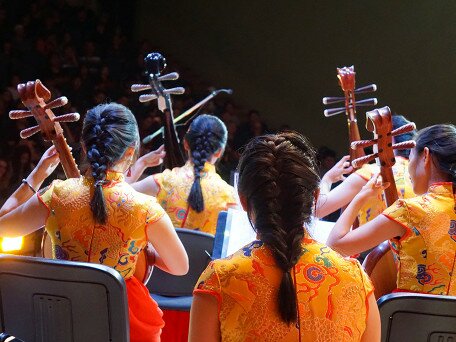A Reappraisal of Ancient Glass in the Han period (206 BCE−220 CE)
- 項目計劃:
- 優配研究金
- 項目年份:
- 2019/2020
- 項目負責人:
- 林巧羚博士

Most research of early Chinese glass has focused on the issues of origin and considered this medium primarily as an evidence of China’s contacts with outside civilisations. This research will explore the subject of glass in "Chinese form", which is generally agreed was locally manufactured.
Most research of early Chinese glass has focused on the issues of origin and considered this medium primarily as an evidence of China’s contacts with outside civilisations. This research, on the contrary, will explore the subject of glass in "Chinese form", which is generally agreed was locally manufactured. Because of the ostensive resemblance, many glass objects unearthed in Han burial sites have been confused with stone or ceramic materials, and some even have been mistaken for jade in archaeological reports. Therefore, this project will first cautiously investigate the feature descriptions and documentation of the relevant items in the reports and conduct firsthand study of the objects. A rigorous re-examination of the information will bring the glass pieces that have been disregarded and excluded in previous studies into the research. Because of its similarity to jade, glass had been generally perceived as a less precious substitute material for jade in ancient China. But judging by recently discovered glass pieces, the use of glass during the Han period, particularly in burials, was not that simple and did not necessarily follow that logic. By relying on archaeological material and reports of scientific analyses, and adopting the interdisciplinary approach of art historical stylistic analyses and contextual material studies, this research will address the importance of glass in Han burial rituals. It may illuminate the role of glass in contemporaneous perceptions of immortality, and will review the hierarchy of material in the ritual context.








